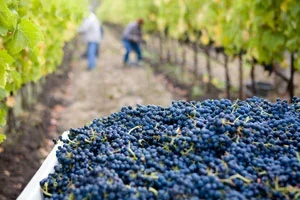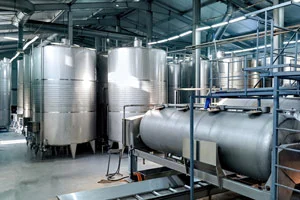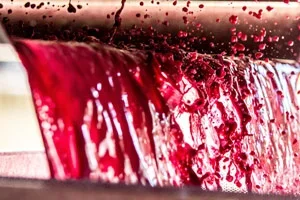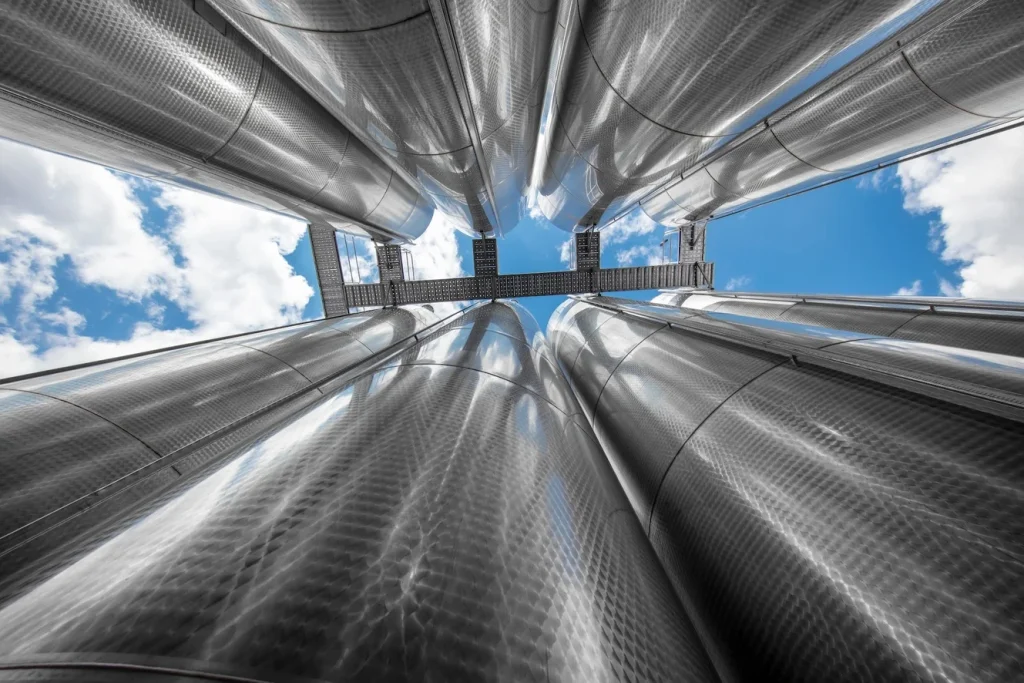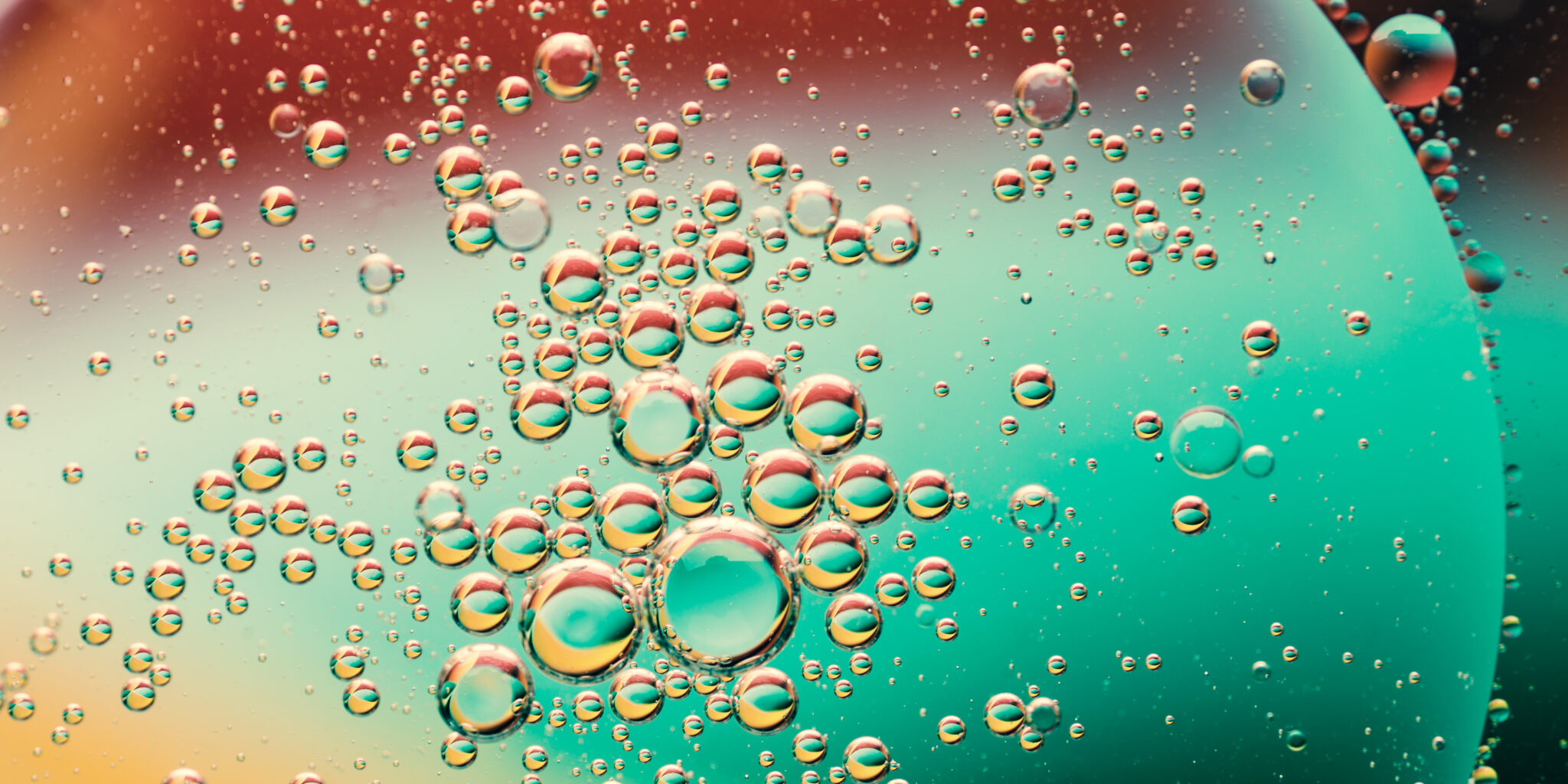The best way to predict the future of a wine is to control the entire winemaking process.
Including Industry 4.0 in winery, operations have been an advantage for the control of procedures that, being automated, relieve the winery teams of work. Its application’s advantage is that it focuses on the automation of some processes and obtaining clear, visual, and joint information on different parameters related to fermentation kinetics. This will allow winemakers to have an image of the situation of the winery in fermentation at a glance, at any time of the day, and even be able to access it from any electronic device, avoiding in real-time possible deviations in fermentation and facilitating the processes of continuous improvement of the quality of our wines.
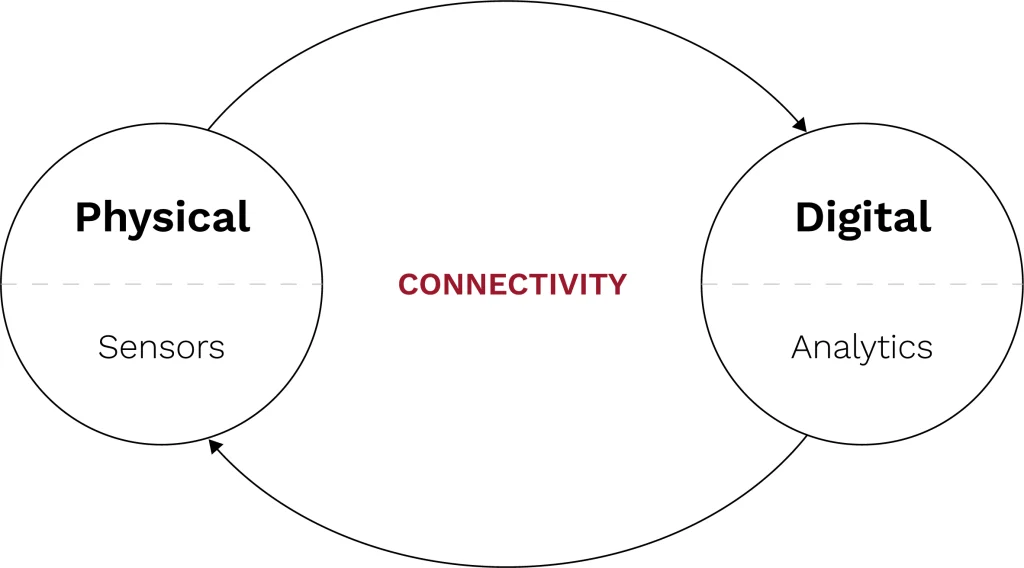
The grape harvest is the critical point of the winemaking process and management. The workload present in a short period makes it necessary to optimize the scarce resources, requiring, in some circumstances, to prioritize the essential work for the processing of the grapes and the development of the pre-fermentative and fermentative stages. At this time, the base of the wine is formed, these months being crucial for the foundation of the aromatic fraction and the structure of the future wine.
Agrovin technology for winemaking control
Tank Control
It is a comprehensive management system that introduces Industry 4.0 in the winery. Through installing sensors in the tanks and their joint coupling in a single software, an active dynamic is established between the physical and digital planes, transferring multi-parameter information in real time of the situation present during the vinification and conservation of the wine to electronic support.
Tank Control is a modular technology that can be adapted to the needs of the winery, configuring the necessary tools within a catalog of options that will allow total control and knowledge of the fermentation process and later during storage. The continuous development of our systems allows us, at present, the option of a wireless installation that avoids the need for wiring.
Tank Control Modules:
1. Pumping system (ULISES TDR2):
The injection of pressurized gas allows the formation of macro-bubbles, which, during their ascent, move the liquid fraction to the top, pushing the solid mass compacted in the cap and causing its rupture and sinking. This achieves total wetting of the skins, avoiding the formation of preferential channels typical of traditional pumping over using pressurized gas injection. The dual injection process configured in the ULISES TDR2 and patented by AGROVIN at the international level achieves perfect homogenization of the pulp, favoring the extraction of polyphenolic and aromatic compounds.
2. Devatting:
The devatting system, developed and patented by AGROVIN, allows the pulp extraction automatically, facilitating the work of the winery personnel, whose intervention is hardly needed.
3. Density measurement system:
The density probes will return a real-time image of the fermentation kinetics and can work synergistically with the pumping over and temperature control system.
4. Temperature measurement system:
It enables optimal performance on the cooling system of the tank. In addition to controlling the tank temperature and tank management, in combination with the pumping-up system, thermal stratification is avoided, and consequently, the winery’s resources are optimized.
5. Electrochemical potential measurement system:
Electrowine – On-line measurement of the oxidation-reduction status of wine in fermentation or storage. It offers the opportunity to know the oxidation-reduction status of the wine, improving its aromatic quality and optimizing the management of the oxygen supply in the fermentation and harmonization phase.
6. Macro/microoxygenation/variable system:
DosiOx – Intelligent management of oxygen supply during the winemaking process. The different working modes (micro, macro, and variable) allow the precise dosing of oxygen needed in each phase (fermentation/storage).
7. Level measurement system.
Determination of the volume of must/wine present in each tank.
The synergy between systems:
Multi-parameter monitoring and control, in turn, favor the joint work of different sensors/tools, converting any traditional tank into an automatic winemaker.
- 1. Electrowine – DosiOx: The electrochemical potential measurement combined with the oxygen supply will optimize the doses and working time according to the needs of each must/wine.
- 2. Temperature measurement-Ulises TDR2: Their work will prevent tank stratification at different temperatures and optimize the cooling system by better homogenizing the tank.
- 3. Density measurement – Ulises TDR2 – Temperature: The combined work results in the programming of the pumping over or set point temperature in different steps according to the fermentation phase.
All sensors are supported by software that allows joint visualization through multi-parameter graphs (Figure 3). Their representation shows each connected reservoir’s current and historical situation.
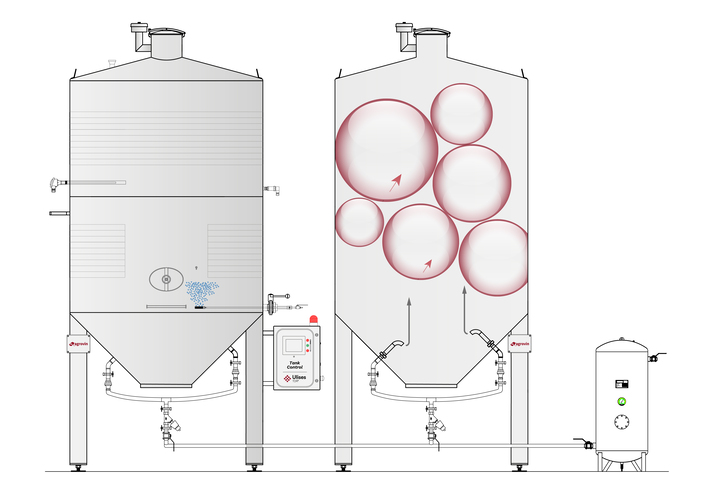

Oenological benefits for wine and wineries
- Greater control of the oxidation-reduction state: Controlling the electrochemical potential allows for more effective management of oxidation and reduction phenomena in the wine
- Improved microbiological control: The absence of piping and pumping up makes tank cleaning more efficient and effective. In addition, the ULISES TDR pumping over system2 allows a much more hygienic automated devatting than traditional devatting.
- Total homogenization of the product during fermentation: Total homogenization will prevent the formation of fermenting dough layers with different temperatures, thus avoiding possible deviations in fermentation.
- Optimization of maceration: Pumping over with the Ulises system maximizes the contact of the skins with the must, thus allowing the aromatic and phenolic compounds to be extracted from the grapes as a whole.
- Optimization of space: It reduces the maceration and fermentation time concerning traditional pumping-overs, minimizing the time spent in winemakers.
- Optimization of the cooling of the fermentation tank: Pumping over with the Ulises TDR system2 allows the refrigerated mass to be distributed, making the system more efficient. In addition, the injection of compressed air displaces part of the carbon dioxide, dissipating the heat generated during alcoholic fermentation.
- Real-time control of fermentation kinetics: the in-line density measurement will favor the early detection of any fermentation deviation, eliminating the risk of human error in pre-assembly sampling, which is not representative of the actual fermentation situation.
Economic and energy efficiency of the winemaking process
Tank Control will improve the economic and energy efficiency of wineries by optimizing fermentation processes:
- The Ulises TDR2 pumping system reduces electricity consumption by eliminating the need for energy-intensive pumping pumps.
- In addition, the movement of the liquid volume displaced by the formation of macro-bubbles results in a better homogenization of the must, allowing heat dissipation and optimizing cold transmission.
- On the other hand, the better homogenization of the tank favors the dynamics of fermentation kinetics, reducing the time spent in the winemakers and, therefore, shortening the time required for cooling in the presence of pulp.
- The agility of the automatic decorating process also reduces the time required for the pumps to move the liquid paste.
All this reduces the certified energy consumption by 35-40% working with the complete system.
